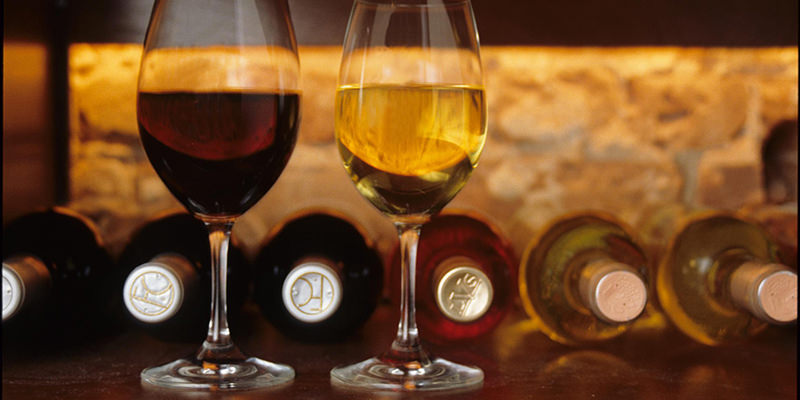Ask most people how many grape varieties are out there, you’ll get the usual insane variety of survey answers. Three. Four thousand. Who are you and why are you asking me this? etc.
In truth, most people beyond the walls of the Master Somm exam room know a handful of grape varieties at best. Chardonnay, Cab Sauv, Pinot Grigio. The success of recent wine movies might have introduced us to the mercurial delicacy of Pinot Noir, plus Paul Giamatti forever aligning himself with cult hatred of Merlot. But the big bad world of wine grape varieties — don’t even get us started on clones — is indeed quite huge and verbally overwhelming. It doesn’t help that some wines aren’t known by the grape varieties, like “Boy, this Pinot Grigio is zesty!,” but by the region, like “I want to take a bath in this Rioja,” or a simple blend name, like “Who knew Garfield & Odie Estates ‘Nermal’ Blend would be so supple?”
To keep things at least temporarily simple, it’s good to start with the biggest concepts and drill down. Like when we shared the revelation that Pinot Grigio and Pinot Gris are the same grape. Unless we’re talking about driving or dental work, it’s almost always helpful when you think big, and add in the pesky details as you go.
Which is how we want to approach the grape varieties — yeah, there are a few — in Bordeaux, the fancy French wine named after the fancy French wine region studded with giant chateaux and rolling vineyards. Bordeaux is a deservedly illustrious wine region, more famous for its red than white wines, but all of it famous and all of it a product of masterfully blending a legally sanctioned variety and proportion of grapes. Romantic, right?
No, it’s a bit dizzying. And you can thank the quality control laws (the Appellation d’Origine Contrôlée) for that. But it’s easier if you think of it like a recipe. Only certain ingredients are allowed, and in certain proportion. Or better yet, a Broadway show. You’ve got your major players, who may sing a tad differently from night to night. but one is always a Soprano and one is always a Baritone. And you’ve got your chorus, kicking and tap dancing and smiling up a storm to give the production life, roundness, cohesion. That’s basically how the grape varieties of red and white Bordeaux work. (And unlike Hamilton, you might actually be able to afford red and white Bordeaux.)
The Red Bordeaux Blend
Red Bordeaux is easily the more famous and, fortunately, a bit simpler in terms of grape varieties. There are two star players in red Bordeaux: Merlot and Cabernet Sauvignon. Cabernet Sauvignon is a diva, shoving his way around the dressing room with bulky tannins. Merlot is a bit softer and just hopes everyone in the production does a really great job! Depending on what side of the Gironde estuary they’re on, either Cabernet or Merlot is the “star” of the show. The rest is filled out by Malbec, Cabernet Franc, Petit Verdot and, sometimes, like if Cab Franc sprains her ankle, Carménère.
The White Bordeaux Blend
With white Bordeaux, it gets a little more complicated. Not in terms of the stars — there are still just two major players — but the number of possible supporting grapes is a bit bigger. Let’s start with the big guys: Sémillon and Sauvignon Blanc, like the leads in a romantic comedy.Sémillon is the romantic, all blush and honey, singing her way around the big city; Sauvignon Blanc a bit more acerbic, the cynic who doesn’t believe in love until the very last scene. Muscadelle has the next biggest role, like the best friend who brings her BFF flowers when things go down hill in the middle of the show (Muscadelle actually has some floral aromas). In the background, with, like, a line each, is a tiny cluster of supporting grapes that can fill in any gaps in flavor or texture the winemaker might see: Sauvignon Gris, Ugni Blanc, Colombard, and Merlot Blanc.
Don’t freak out. Most of us haven’t heard of those grapes varieties, either, because they’re not used outside of blends. They’re hiding there in the background while the stars finish their duet, supplying high notes or rounder body or a bright smile to the high-gloss number that is a bottle of Bordeaux. And that’s sort of the beauty of the metaphor, for red and white, and an easy way to remember the structure of the blends: the chorus doesn’t make the show, but take them out, and you’ll really know they’re gone.

